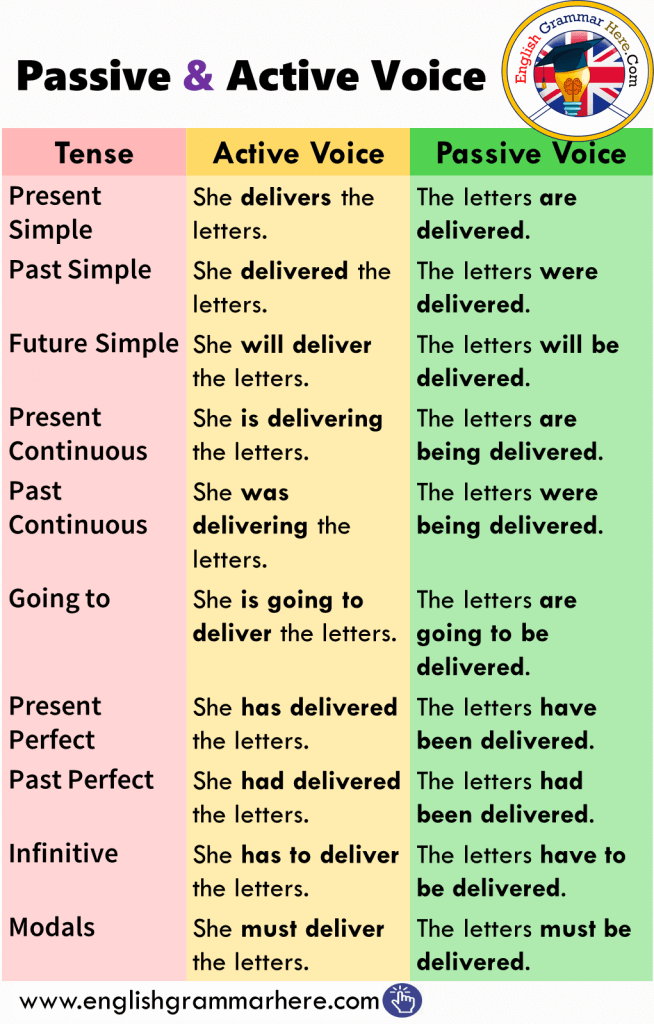When it comes to writing, the choice between using active and passive voice can greatly impact the clarity and effectiveness of your message. Active voice is often preferred for its directness and ability to clearly identify the subject performing the action. On the other hand, passive voice can be useful in certain situations when the focus is on the action itself rather than the doer.
Understanding how to effectively use both active and passive voice can significantly enhance the quality of your writing and help you better communicate your ideas to your audience.
Active to Passive and Examples
One common way to transform a sentence from active to passive voice is by moving the object of the action to the beginning of the sentence and using a form of the verb “to be” followed by the past participle of the main verb. For example, consider the active sentence: “The cat chased the mouse.” In passive voice, this sentence becomes: “The mouse was chased by the cat.”
Another example of changing from active to passive voice is: “The teacher praised the students” becomes “The students were praised by the teacher.” In these examples, the focus shifts from the subject performing the action to the object receiving the action.
While active voice is generally preferred for its straightforwardness and clarity, there are instances where passive voice can be more appropriate. For example, in scientific writing, passive voice is often used to maintain objectivity and focus on the results rather than the researcher. Additionally, in cases where the doer of the action is unknown or less important, passive voice can be a better choice.
However, it is important to use passive voice judiciously and not overuse it, as it can make writing sound dull and less engaging. Striking a balance between active and passive voice can help maintain variety in your writing and keep your readers interested.
In conclusion, mastering the use of active and passive voice is essential for effective communication in writing. By understanding when to use each type of voice and practicing their application, you can improve the clarity and impact of your writing. Whether you choose to use active or passive voice, the key is to ensure that your message is conveyed clearly and effectively to your audience.
